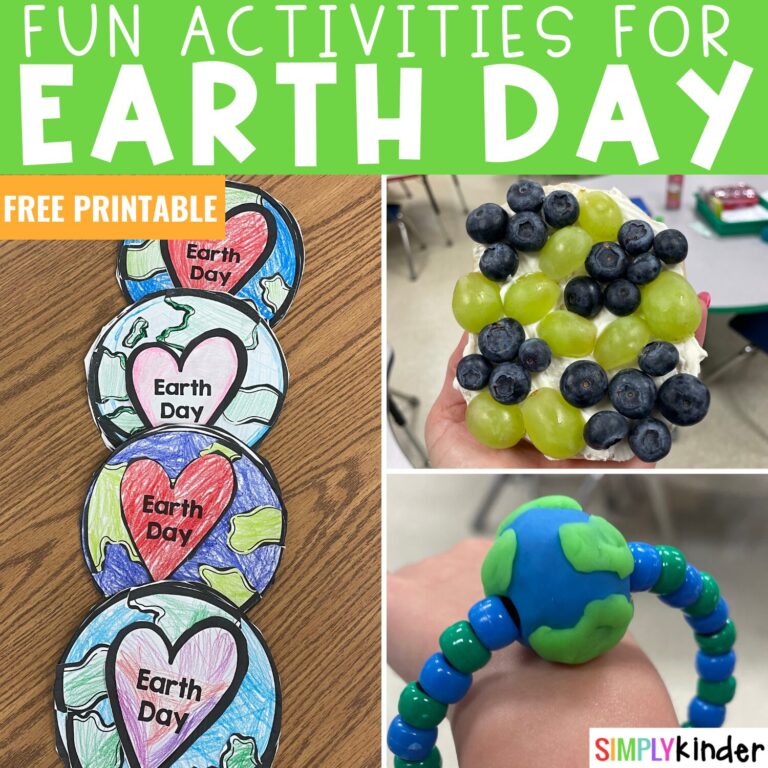
Home » Teaching Syllables In Kindergarten
Looking for tips for teaching syllables in kindergarten? Explicitly teaching syllables is so important to building foundational reading skills. Keep reading for Science of Reading-aligned teaching tips and engaging activity ideas to use in your classroom!
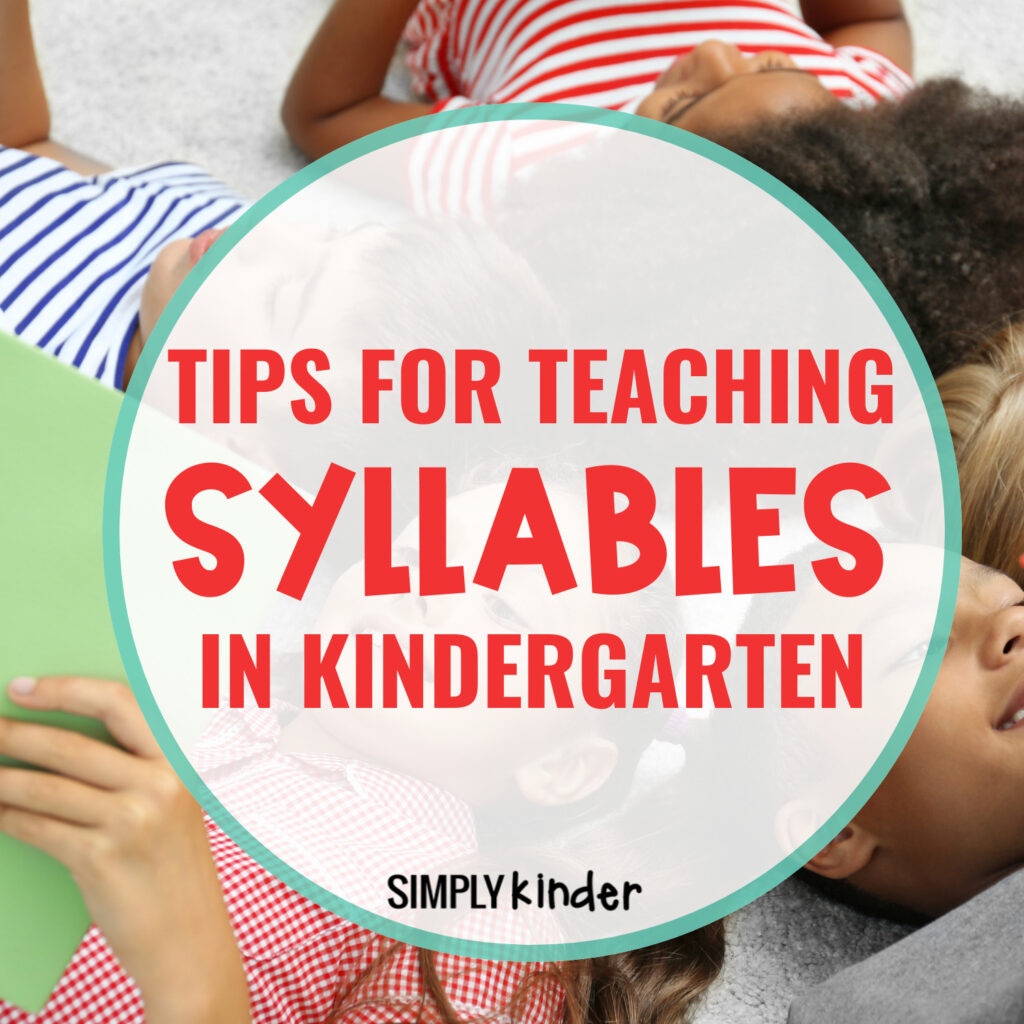
Check out these related posts:
Read all of the Science of Reading articles here.
According to Dictionary.com, a syllable is “a unit of pronunciation having one vowel sound, with or without surrounding consonants, forming the whole or a part of a word; e.g., there are two syllables in water and three in inferno. After blending consonants and vowels, syllables are blended into words, and words are used in meaningful sentences.“
So it is a part of the word that has at least one vowel sound and needs to be blended together for reading to take place!
Teacher Tip: You can count syllables by listening to how many vowels sounds you hear! Note: vowel sounds not vowels written.
Syllable rules and types are important to teach so that students understand that English is logical and makes sense! As backed by the Science of Reading research, explicit phonics instruction is key to helping students understand spelling patterns and move to reading automaticity instead of memorization.
Knowing how to split words into syllables and decode them makes it easier for students to read accurately!
Did you know there are actually six different types of syllables? Wow! These are important for teachers to know and understand to help instruct their students.
Most kindergarten curriculums will not cover all 6 syllable types but some students might be ready to go beyond and learn them all.
This includes most CVC words and where reading instruction typically starts after sounds and letters are understood by students. Examples: hat, cat, sit.
This also includes VC words like on.
This includes CV words like hi, me, cry.
Open syllables should be taught alongside open or shortly thereafter, so students see, understand, and apply reading them differently!
Magic e has a final silent e with a consonant just before the silent e. This silent e makes the vowel before it have a long sound. Examples include kite, bike, cute.
A good way to transition to magic e is by adding e to the end of familiar CVC words and teaching the different sounds. An example is kit to kite.
It’s important to teach that these vowels form one sound and not two! Examples include: mail, boat, play, meet. These are typically not taught in kindergarten but some students might be ready to start reading and writing these syllable types!
This combination gives a unique blended vowel sound. Examples include car, star, far, her, bird.
Use the All About the Sound Teacher Tip Cards to help teach and understand all 44 phonemes including r-controlled! Part of the Sound Wall Bundle Here or grab them separately here.
This syllable type is usually taught only after the first 5 are mastered. Examples include purple, table, and apple.
Understanding how to split words into syllables makes it easier to decode and understand which sounds to make when reading! This also transforms into writing skills! Especially for understanding the vowel sounds.
Explicitly teaching sounds, phonics patterns, syllables, and decoding skills is key to building a strong foundation for literacy. Consider using a Sound Wall with a Consonant Wall and Vowel Valley (shown below) to help students understand the sounds in each syllable.
Learn more about the Sound Wall Bundle here!

Use these key takeaways and tips to help guide your instruction:
Do you have more tips to share? Join the conversation inside the Simply Kinder Teachers Facebook Group here!
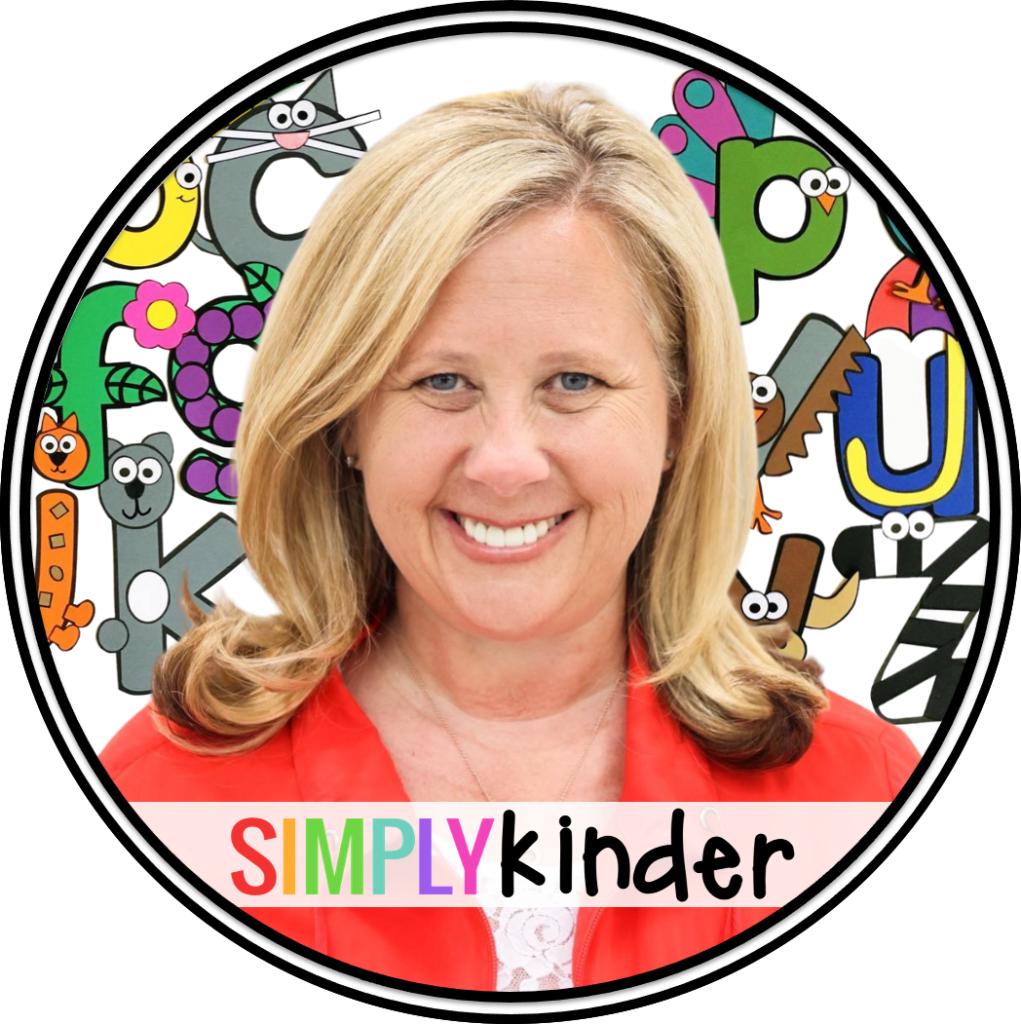
With Unmatched Printables & Engaging Classroom Ideas, Simply Kinder is your TRUSTED TEAMMATE.
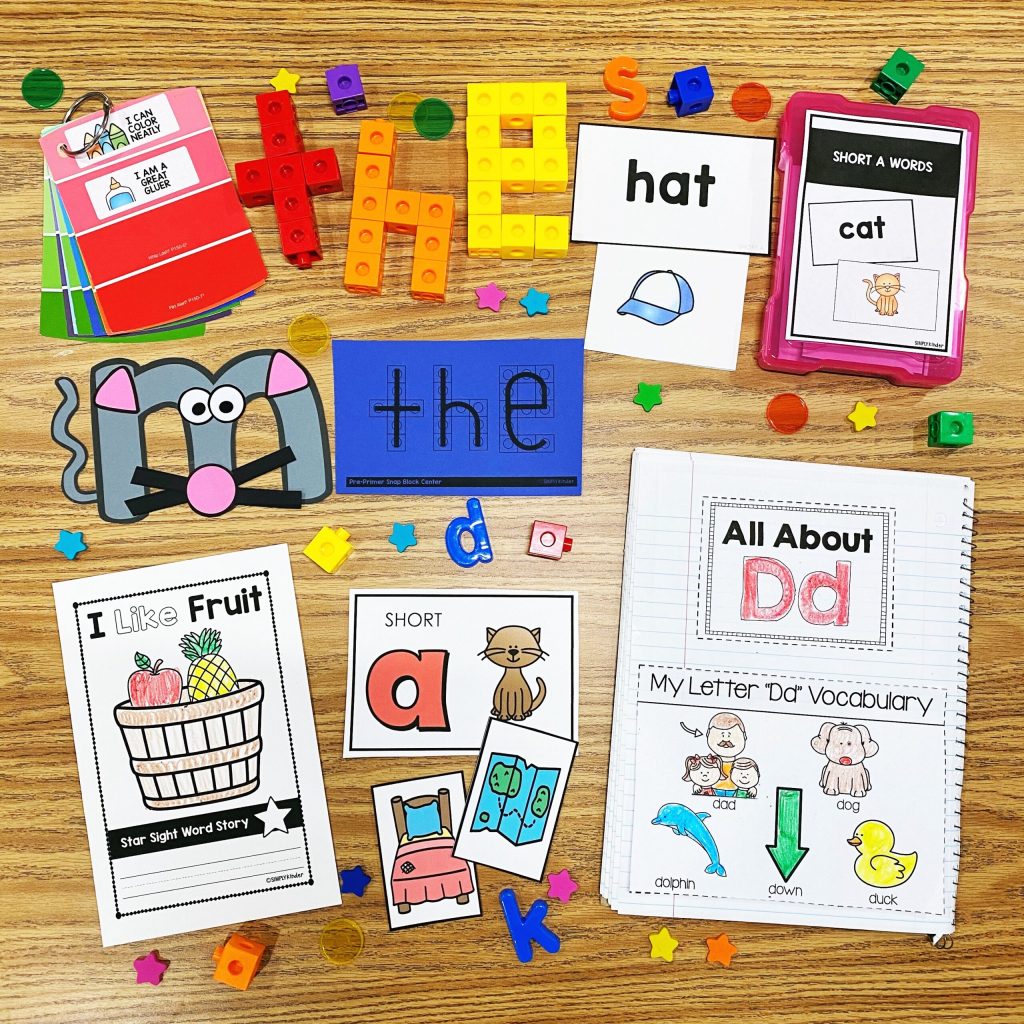
Get our emails loaded with free resources, teaching ideas, and so much more!

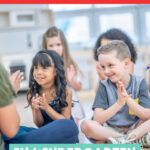
You might also like: